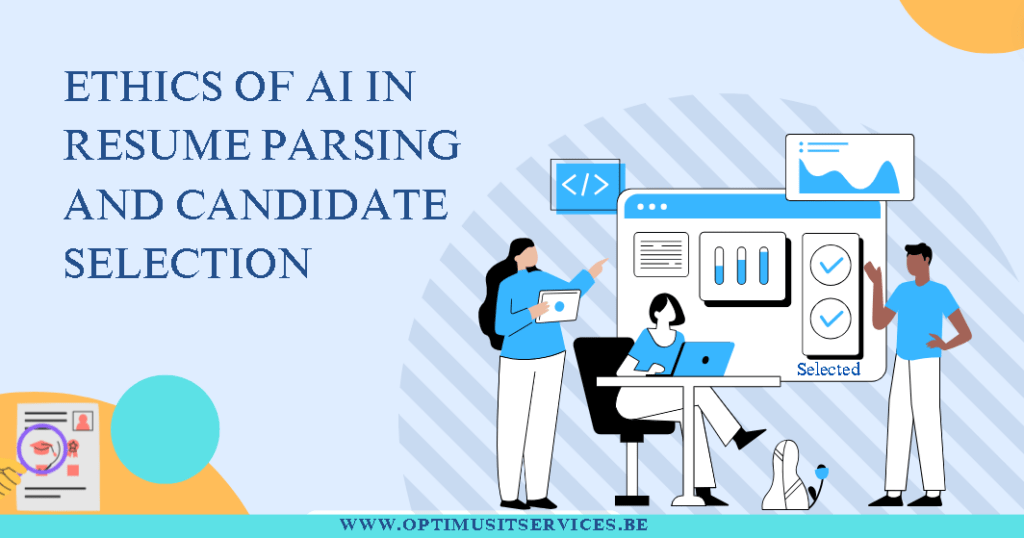In 2024, where the demand for top talent is higher than ever, efficient and accurate resume parsing has become a critical component of the hiring process. Traditional manual resume screening methods are not only time-consuming but also prone to human error and bias. Enter machine learning and Natural Language Processing (NLP), technologies that are transforming how resumes are parsed and candidates are evaluated. This article delves into the intricate details of resume parsing powered by machine learning and NLP, exploring its benefits, challenges, and future prospects.
What is Resume Parsing?
Resume parsing, also known as CV parsing, is the automated process of extracting and analyzing information from resumes. The goal is to convert unstructured resume data into structured data that can be easily stored, searched, and evaluated by recruiters. This involves identifying and categorizing key resume elements such as personal information, education, work experience, skills, and certifications.

The Role of Machine Learning in Resume Parsing
Machine learning (ML) algorithms play a pivotal role in enhancing resume parsing. These algorithms are designed to learn from vast amounts of data, improving their accuracy and efficiency over time. Here are some key machine learning techniques used in resume parsing:
- Named Entity Recognition (NER): This technique identifies and classifies entities such as names, dates, and organizations mentioned in resumes. NER helps in accurately extracting personal information, educational institutions, and company names.
- Clustering: ML algorithms group similar items together, which is useful for categorizing skills and experiences. For instance, clustering can group related skills like “Python” and “Machine Learning” under the broader category of “Technical Skills.”
- Classification: This involves categorizing resume content into predefined labels. For example, work experience can be classified into different job roles or industries, helping recruiters quickly identify relevant candidates.
- Sentiment Analysis: Although more common in customer feedback analysis, sentiment analysis can be applied to resumes to gauge the tone and positivity of descriptions, particularly in cover letters and personal statements.
Leveraging NLP for Enhanced Accuracy
Natural Language Processing (NLP) complements machine learning by enabling computers to understand and interpret human language. NLP techniques are crucial in dealing with the varied and complex nature of resume content. Here are some ways NLP enhances resume parsing:
- Tokenization: Breaking down text into smaller units (tokens) such as words and phrases helps in better understanding and processing resume content.
- Part-of-Speech Tagging: Identifying the grammatical role of words (nouns, verbs, adjectives, etc.) aids in extracting meaningful information from resumes. For example, distinguishing between a job title and a skill.
- Semantic Analysis: Understanding the context and meaning behind words ensures accurate extraction of information. For instance, recognizing that “Java” refers to a programming language rather than an island.
- Entity Linking: Connecting extracted entities with real-world knowledge bases ensures consistency and accuracy. For example, linking the entity “Google” with the company profile ensures correct identification.
Benefits of AI-Powered Resume Parsing
The integration of machine learning and NLP in resume parsing brings numerous benefits to the recruitment process:
- Efficiency: Automated resume parsing significantly reduces the time spent on manual resume screening, allowing recruiters to focus on higher-value tasks such as interviewing and candidate engagement.
- Accuracy: Advanced algorithms ensure precise extraction and categorization of resume information, minimizing errors and ensuring that relevant candidates are not overlooked.
- Scalability: AI-powered resume parsers can handle large volumes of resumes, making them ideal for organizations with high recruitment needs.
- Bias Reduction: Machine learning algorithms, when properly trained, can help reduce unconscious bias in the hiring process by focusing on skills and qualifications rather than demographic information.
- Enhanced Candidate Experience: Faster processing times and more accurate matching of candidates to job roles improve the overall candidate experience, leading to higher satisfaction and engagement.
Challenges and Considerations
Despite its numerous advantages, AI-powered resume parsing is not without challenges:
- Data Quality: The effectiveness of machine learning models depends on the quality of the training data. Poorly formatted or incomplete resumes can lead to inaccurate parsing.
- Algorithm Bias: While AI can reduce bias, it can also perpetuate existing biases if the training data is biased. Ensuring diverse and representative training data is crucial.
- Privacy Concerns: Handling sensitive personal information requires stringent data privacy measures to ensure compliance with regulations such as GDPR.
- Continuous Improvement: Machine learning models require continuous training and updating to adapt to new resume formats, job titles, and industry trends.
The Future of Resume Parsing
The future of resume parsing lies in further advancements in AI and NLP technologies. Here are some exciting possibilities:
- Context-Aware Parsing: Future parsers could understand the context of resume content even better, improving the accuracy of information extraction and categorization.
- Integration with Other AI Tools: Combining resume parsers with other AI-driven tools such as chatbots and predictive analytics can create a seamless and efficient end-to-end recruitment process.
- Real-Time Parsing: Real-time resume parsing solutions can provide instant feedback to candidates and recruiters, speeding up the hiring process and improving candidate engagement.
- Enhanced Customization: AI parsers could offer more customization options, allowing recruiters to tailor the parsing process to specific job roles, industries, and organizational needs.
Conclusion
Machine learning and NLP are revolutionizing resume parsing, offering unprecedented efficiency, accuracy, and scalability. By leveraging these technologies, organizations can enhance their recruitment processes, reduce bias, and improve the overall candidate experience. As AI continues to evolve, the future of resume parsing holds even greater promise, paving the way for a more intelligent and inclusive hiring landscape.

